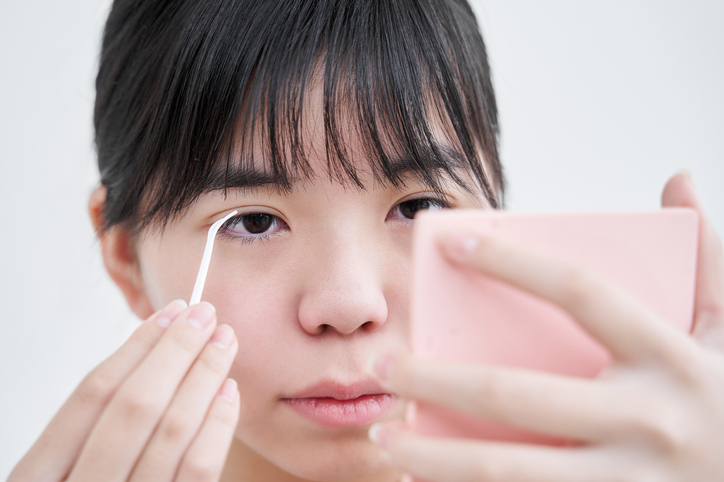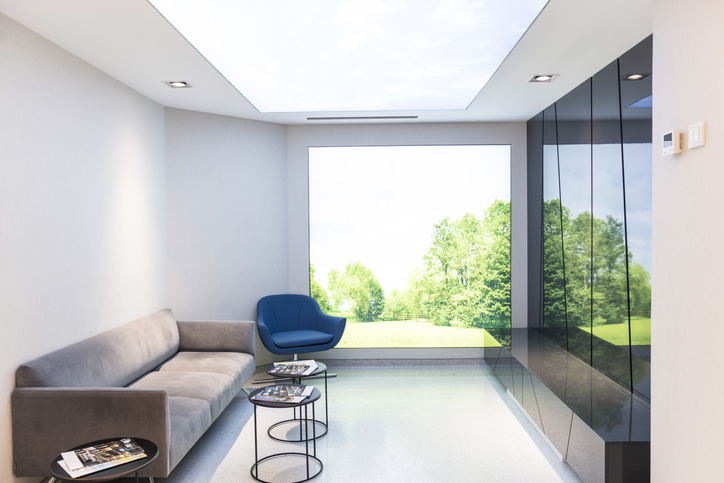The two-point clamping for double implantation is one of the most popular bifurcation procedures available today. However, some procedures may require downtime. This article details the downtime of double implantation 2-point clamping.
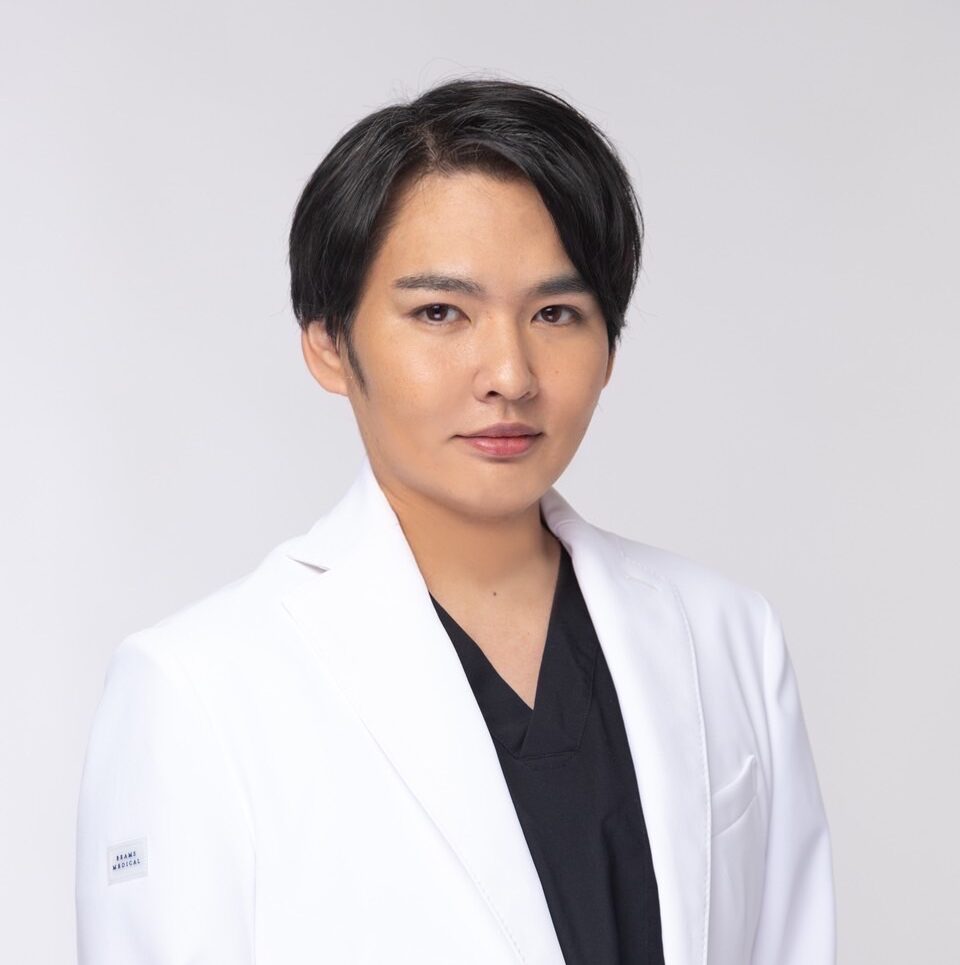
Graduated from the Faculty of Medicine, National Kumamoto University. After serving as the director of major beauty clinics in Japan, etc., he opened Aladdin Aesthetic Clinic in 2023. He is a professional in aesthetic medicine with a doctorate in anti-aging research and many years of experience. With the motto of "Toward the realization of cosmetic medicine without lies," he aims to be the "Only One" together with his patients.
Downtime for two-point double implantation
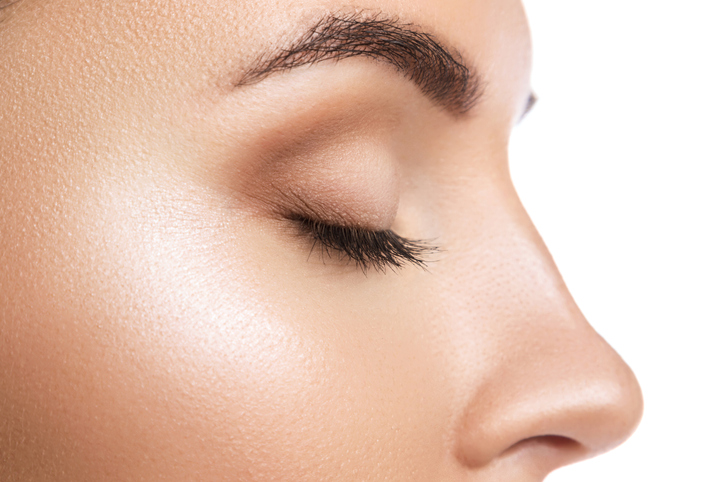
The two-point implantation is one of the most popular cosmetic surgery procedures to convert a single eyelid into a double eyelid. Because it is performed in the eye area, many patients are very concerned about the downtime after the procedure. Downtime generally refers to the period of time after a surgery or treatment until the body is overloaded and returns to normal daily activities.
Therefore, the downtime for double implantation 2-point clamping is generally considered to be "about 1 week to 10 days," although of course there are individual differences. Swelling, internal bleeding, and pain may occur after the surgery, and although there are individual differences regarding swelling and internal bleeding, they will gradually lessen within 2 to 3 days after the surgery. Pain may be felt after the anesthesia wears off, but it can usually be alleviated with the use of painkillers, so there is no need to worry about it.
During the downtime, it is also advisable to rest as much as possible for 2-3 days. If swelling is particularly strong, it can be alleviated by lightly cooling the area. It is also important to keep the surgical site clean and disinfected with clean gauze to avoid direct contact with the surgical site, and avoid cosmetics. Care should be taken when removing the eye patch, as it may be necessary to wear an eye patch. Although you can gradually return to your normal life after the downtime, avoid excessive or strenuous exercise and hot places such as saunas and baths for about a week after the surgery. Also, if you experience any discomfort or pain at the surgical site, consult your doctor immediately.
In general, the downtime for double implantation 2-point clamping is relatively short, making it an easy procedure for many people. However, aftercare and following the doctor's instructions after surgery are extremely important to ensure early recovery and prevent postoperative problems.
Pain and swelling after double implantation 2-point clamping procedure

The following is a description of the pain and swelling after a cosmetic double implantation 2-point clamping procedure.
| symptoms | pain | swelling |
|---|---|---|
| Time of Occurrence | Within hours to days after surgery | Within hours to days after surgery |
| cause | Pain at incision site or sutured area | Caused by saline solution injected during surgery remaining at the incision site |
| Degree of Symptoms | Mild to moderate pain, depending on the individual | Mild to moderate swelling, depending on the individual |
| treatment | Painkillers prescribed after surgery are commonly used | Use of an eye mask and application of an ice pack after surgery can reduce swelling |
| Duration of symptoms | Symptoms generally diminish within a few days to a week. | Generally, it may take one to two weeks for the swelling to go down |
| important point | After the surgery, patients should stay at rest, avoiding strenuous exercise and heavy lifting | Avoid direct application of water to the surgical site and avoid the use of cosmetics and serums |
Cosmetic double implantation 2-point clamping is a surgical procedure that creates a double line through threads, so a little pain and swelling may occur. During the surgery, local anesthesia is used, so you will feel little pain. However, mild pain may occur after the surgery. This pain may be mainly at the incision site or at the sutured area.
For pain, painkillers are generally prescribed after surgery. If the patient is sensitive to pain, the type and amount of painkillers can be adjusted. The degree of pain varies from person to person, but it generally lessens within a few days to a week. As for swelling, it is common for it to occur after surgery. Swelling is caused by the saline solution injected during surgery remaining at the incision site. The greatest swelling appears within hours to days after surgery and then gradually decreases. In general, it may take one to two weeks for the swelling to subside.
After surgery, the patient should rest and avoid strenuous exercise and heavy lifting. Also, avoid splashing water directly on the surgical site and avoid using cosmetics or beauty products. Ice can also be applied to the surgical site to reduce swelling.
It takes about one month after the surgery for the final result to be achieved, depending on the individual. During this period, it is important to keep the surgical site clean and see the doctor regularly. As for pain and swelling after the procedure, the most appropriate way to deal with them is to consult an expert cosmetic surgeon.
What are the characteristics of people who have prolonged downtime for cosmetic surgery?
The following are characteristics of people who have prolonged downtime for cosmetic surgery. Please note that there are individual differences, so please read this only as a reference.
| feature | Description. |
|---|---|
| age | The older the patient, the longer the downtime may be. Aging reduces skin elasticity, so it takes longer for the surgical site to tighten. |
| physical condition | Underlying or pre-existing medical conditions may slow healing. Fatigue, stress, and nutritional deficiencies can also prolong downtime. |
| surgical site | If the surgical site is complex, downtime may be prolonged. For example, nose reshaping and liposuction, for which the surgical site is extensive, may result in prolonged downtime. |
| Intensity of pain and swelling | If the surgical site is painful and swollen, downtime may be prolonged. If the swelling does not go down with the use of ice packs or medications, or if painkillers do not relieve the pain, the patient should consult a physician. |
| after-sales service | Inadequate aftercare after surgery may result in prolonged downtime. Failure to adhere to exercise and diet restrictions after surgery or failure to keep the wound clean may lead to complications such as infection and bleeding. |
The above is an explanation of the characteristics of people who have prolonged downtime for cosmetic surgery, but it is important to discuss the risks and downtime with the doctor during the consultation and after the procedure because there are individual differences and the downtime can be shortened by following the doctor's instructions for proper aftercare after the surgery. It is important to discuss the risks and downtime with the doctor during the consultation and after the procedure.
What to expect during downtime and how to shorten downtime?
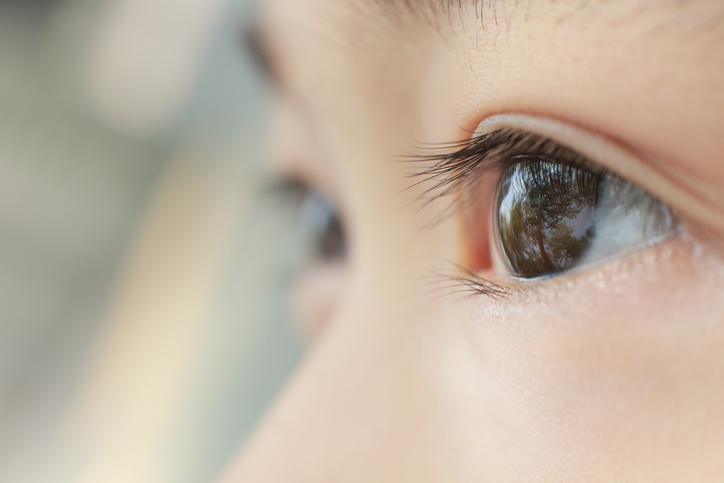
After the two-point double implantation surgery, even though its downtime is short, it is important not to overload the body, keep the surgical site clean, and follow the doctor's instructions for proper care. See your doctor regularly to monitor the progress of the surgical site. In addition, the following information will show you how to reduce or improve the downtime even more.
Rest after surgery.
After surgery, the patient should stay at rest, avoiding strenuous exercise and heavy lifting. It is especially important to avoid straining the body immediately after surgery, as pain and swelling will occur. Follow your doctor's instructions and stay at rest.
Apply ice to reduce swelling.
Swelling may occur after surgery. To reduce this swelling, it is helpful to apply ice to the surgical site. Ice packs or other devices can be used to cool the surgical site to reduce swelling.
Keep the surgical site clean.
After surgery, it is important to keep the surgical site clean. Avoid splashing water directly on the surgical site and wipe it with clean gauze to keep it clean. If the surgical site is left dirty, infection may occur.
No serums or cosmetics are used.
After surgery, it is necessary to avoid using cosmetics and serums on the surgical site. The surgical site has a wound, and cosmetics and serums can get into the wound and cause infection. Keep the surgical site clean and follow the doctor's instructions.
Use eye drops
After surgery, eye drops may be used. Eye drops are used to administer anesthetics and antibiotics used during surgery. Eye drops should be used correctly according to the doctor's instructions.
Pay attention to your diet.
After surgery, care should also be taken with your diet. During the first few days after surgery, avoid irritating the digestive system and eat a soft, easily digestible diet. It is also important to drink plenty of water and eat a diet rich in fiber, as constipation can occur after surgery.
Avoid touching the wound.
After surgery, it is necessary to avoid touching the wound. Even if the surgical site itches, do not scratch it. Touching the surgical site may cause infection.
Receive regular doctor's visits
After surgery, the patient should be examined by a physician on a regular basis. Your doctor will perform periodic examinations to monitor the progress of the surgical site and to ensure that it is in good condition. Follow the doctor's instructions to see the doctor.
Questions and Answers about two-point double implantation
Below are some typical questions and answers about the two-point clamping of a double implant for cosmetic surgery.
Q1: How long does it take for the threads to come out as the duration of the two-point implantation?
A1. The time until the threads are removed after the two-point surgery depends on the individual and the way the threads are tied, but on average, the effect lasts from 3 to 10 years. However, in some cases, the threads remain in place for more than 10 years without loosening, and in many cases, even if the threads do loosen, the double-layered line remains in place.
Q2: How long does it take to perform a two-point implantation surgery?
A2. Surgery for two-point clamping for double implantation usually takes about one hour, although it varies depending on the size and complexity of the surgical site. A preoperative consultation with the doctor and a detailed discussion of the surgical process and duration will help eliminate any concerns.
Q3: Will there be a noticeable scar after the two-point implantation surgery?
A3. After surgery for double implantation 2-point clamping, the scar is performed in a discreet manner. By consulting with the doctor before surgery and selecting the appropriate surgical procedure, the scar can be made inconspicuous. However, depending on the individual and the surgical site, scars may be noticeable.
summary
Although the two-point clamping for double implantation has the advantages of shorter procedure time and less visible scarring, there may be some downtime after the procedure. Downtime varies from person to person, but generally swelling, internal bleeding, and redness occur, and social situations should be avoided for approximately one week to 10 days.
Makeup application is also limited, so prior scheduling is necessary. Aftercare, such as icing and medication after the procedure, is important to minimize downtime. When undergoing double implantation 2-point clamping, be sure to understand the downtime.
At Aladdin Aesthetic Clinic, based on our many years of experience in cosmetic medicine and cosmetic dermatology and the knowledge of our doctoral degree, we provide counseling that aims to be "only one", offering the best treatment for each person we meet. We offer only the necessary treatments without any unnecessary information or suggestions.
Feel free to use our official LINE account for 24-hour counseling and reservations. Please feel free to contact us for free counseling for the first time or if you have any concerns.
